Summary
- Final Fantasy 8’s Junction system allows for customization, flexibility, & strategy, engaging players fully.
- Any character can pursue any role by managing their junctions, providing unprecedented freedom.
- While Final Fantasy 8’s Junction system faced criticism, its unique character growth approach offers experimental opportunities.
One of the best characteristics of the Final Fantasy series has always been its willingness to innovate its gameplay mechanics with almost every entry, effectively establishing a shared universe between the games rather than a simple, continuous series. While the intentions are certainly noble, these innovations aren’t always received well by Final Fantasy fans, with changes to the series’ most fundamental elements, like Final Fantasy 16‘s combat system, often being met with severe criticism. Final Fantasy 8‘s Junction system is a similar story, as it’s one of the most notoriously divisive mechanics ever introduced in the series.
Plenty of criticisms have been directed at Final Fantasy 8‘s Junction system since the game’s release in 1999. These criticisms include what some fans perceive to be its overly tedious “Draw” system, its easily broken mechanics, its overreliance on certain elements, and its departure from traditional character progression. However, in spite of these criticisms, there remains an argument in support of Final Fantasy 8‘s Junction system, especially in light of what many modern gamers prefer to see in their role-playing experiences today.
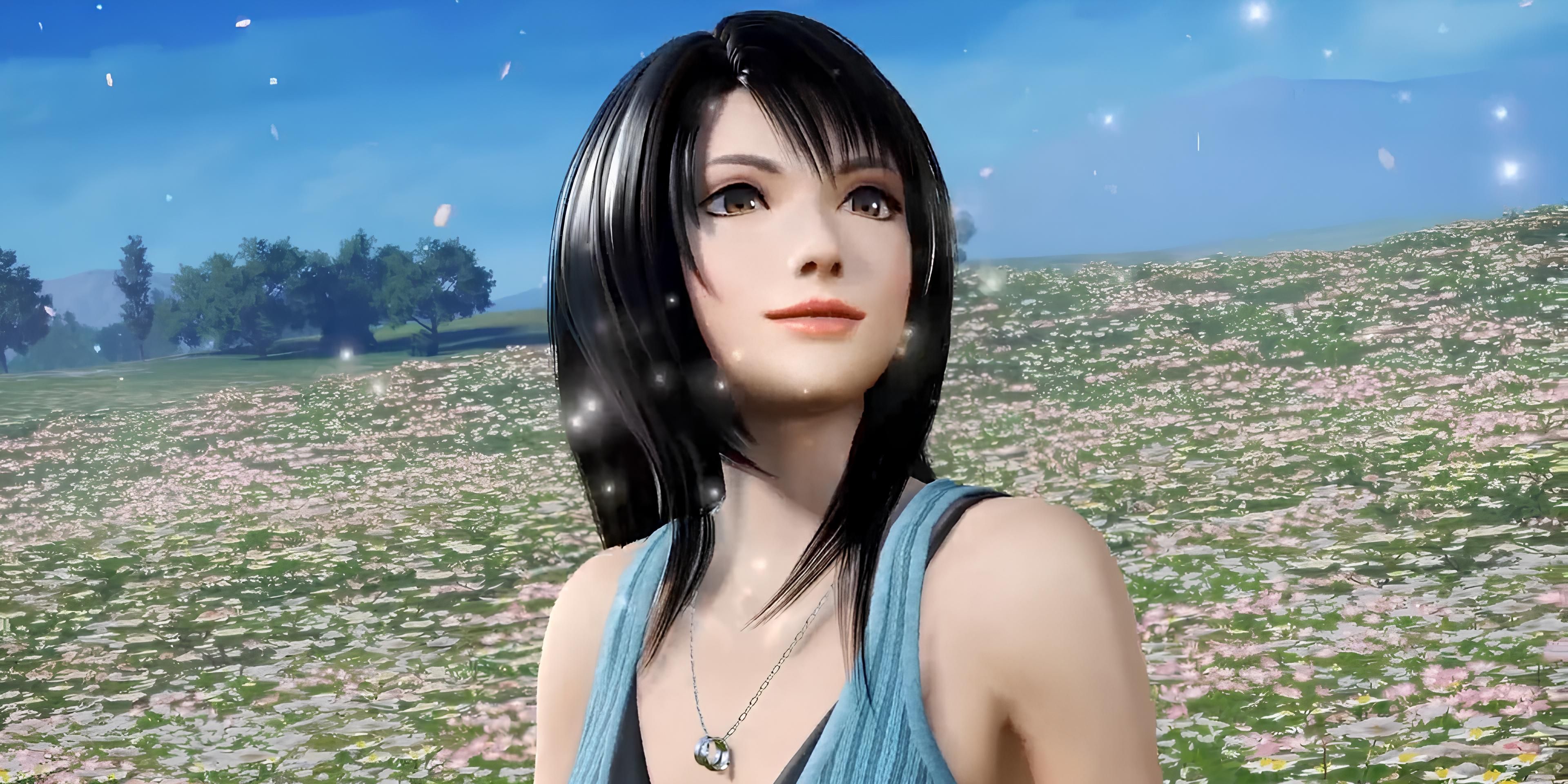
Related
A Final Fantasy 8 Remake Shouldn’t Be a Totally Faithful Adaptation
A potential Final Fantasy 8 remake shouldn’t replicate everything from the original, especially one heavily criticized game mechanic.
Final Fantasy 8’s Junction System Isn’t All That Bad
Final Fantasy 8’s Junction System Encourages Customization, Flexibility, and Strategy
The standout feature of Final Fantasy 8‘s Junction system is its ability to bring customization, flexibility, and strategy together to produce an incredibly engaging system when it’s fully taken advantage of. Traditional RPG systems, and even those of the Final Fantasy series before Final Fantasy 8, have been known to lock characters into specific roles (like Fighter, Mage, or Thief). Final Fantasy 8‘s Junction system, on the other hand, offered an unprecedented level of freedom at the time — freedom that the role-playing genre of video games has been exploring more frequently as of late.
With Final Fantasy 8‘s Junction system, any character can be built for any role, according to how players manage their junctions. Before a character can take advantage of the Junction system in Final Fantasy 8, they must equip a Guardian Force. Each Guardian Force in Final Fantasy 8 then grants that character access to specific stats and abilities that can be “junctioned” to magic spells like Firaga, Curaga, and Ultima. This is ultimately how stats are improved in the game, and therefore how characters grow.
Final Fantasy 8’s Junction System Offers a Unique Approach to Character Growth
Another of the best features of Final Fantasy 8‘s Junction system is the unique approach to character growth that it offers, which has, ironically, also been one of its biggest points of contention. However, things in the gaming industry have changed quite a bit since the system was first introduced, with it becoming more acceptable now for modern RPGs to implement unconventional character progression methods like the Junction system. That being said, the main problem with Final Fantasy 8‘s Junction system progression was enemy scaling, which ultimately made grinding counterproductive.
The standout feature of Final Fantasy 8‘s Junction system is its ability to bring customization, flexibility, and strategy together to produce an incredibly engaging system when it’s fully taken advantage of.
As such, if Final Fantasy 8 were more balanced in its enemy scaling, its approach to character progression might be more widely accepted. The best part about the Junction system’s character progression is the experimental opportunities it offers, since it departs from the standard, static, experience-based progression of most RPGs. The variety of combinations available for junctioning magic to stats, resistances, and status effects gives players an unprecedented level of control over their party’s effectiveness, thereby increasing the value of Final Fantasy 8‘s Junction system.
While Final Fantasy 8’s Junction system may never achieve universal acclaim, its depth, flexibility, and emphasis on player agency are all characteristics worthy of praise. Though its mechanics were met with controversy at launch, the modern RPG landscape has become increasingly fond of customization and unconventional character progression, making the Junction system feel more ahead of its time than flawed. With better balance, Final Fantasy 8 could have offered an even stronger case for its innovative approach. Even with its shortcomings, however, the Junction system remains an ambitious experiment that shouldn’t be wholly discounted.
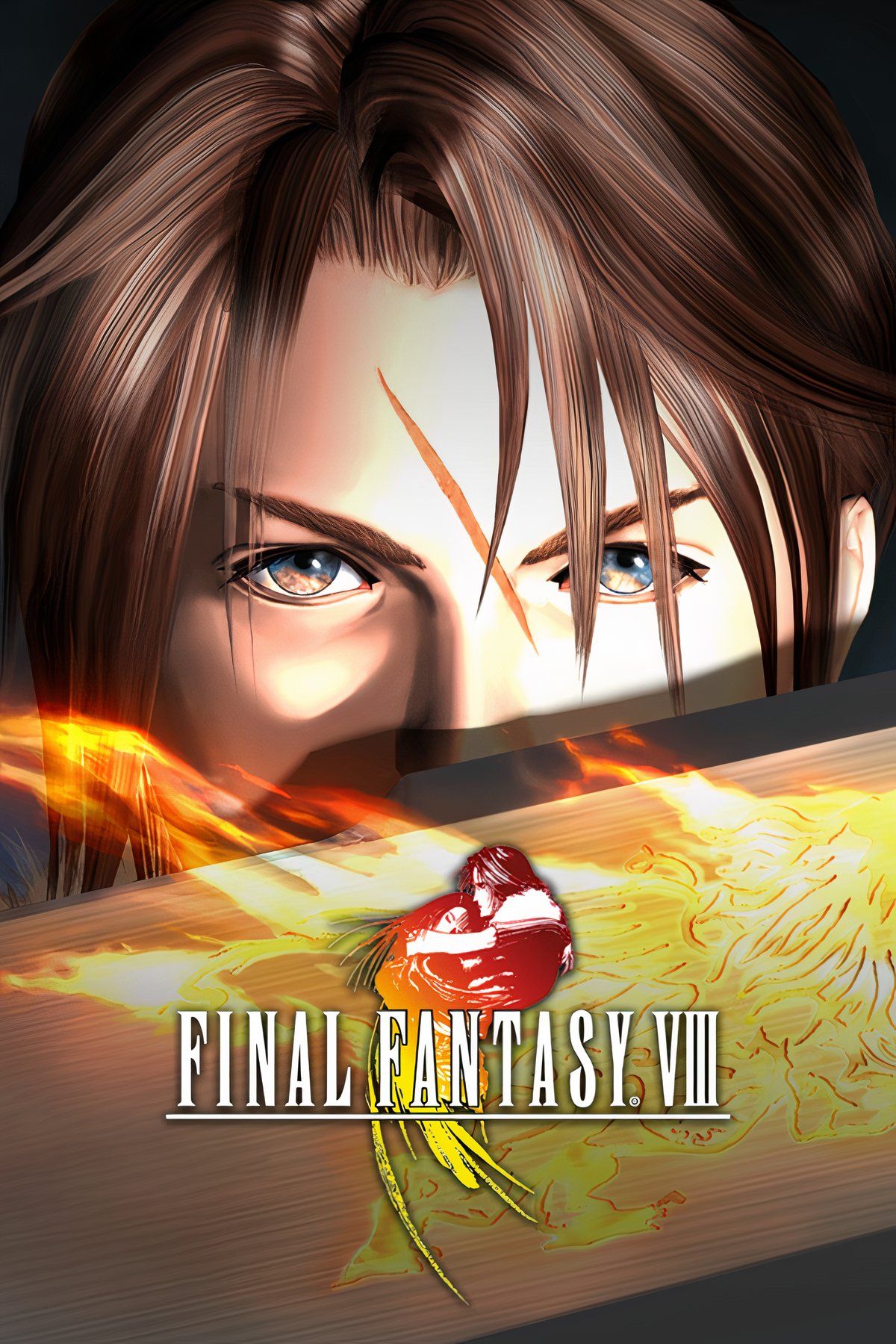
- Released
-
February 11, 1999
- ESRB
-
T for Teen: Mild Language, Suggestive Themes, Violence
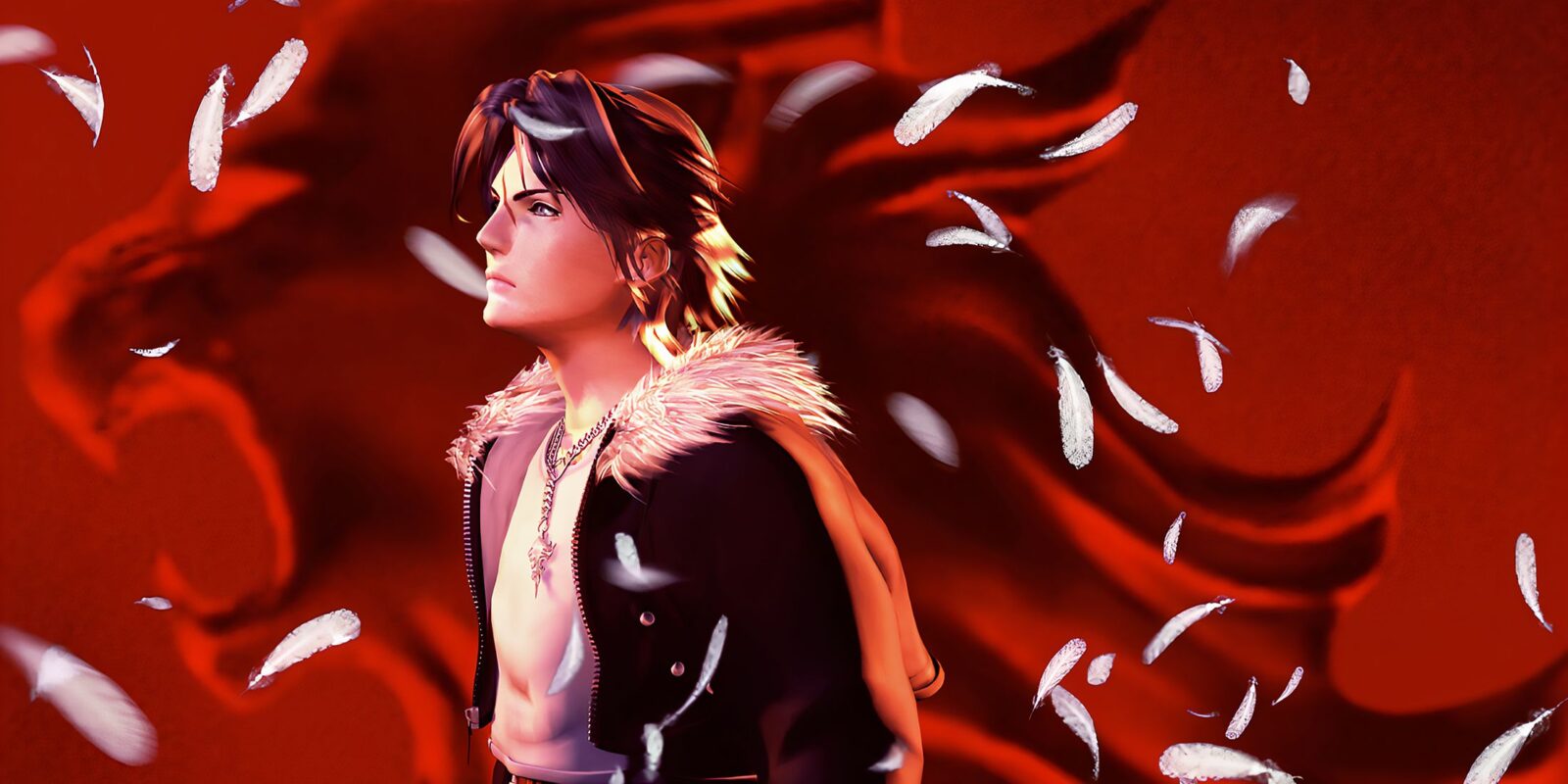

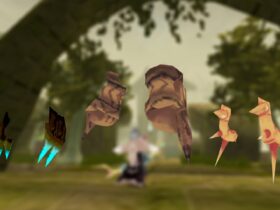
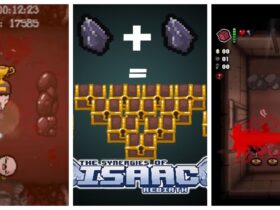




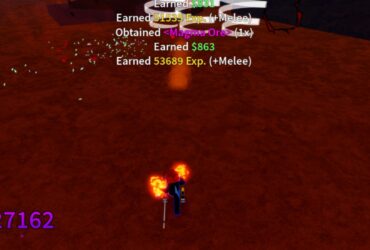



Leave a Reply